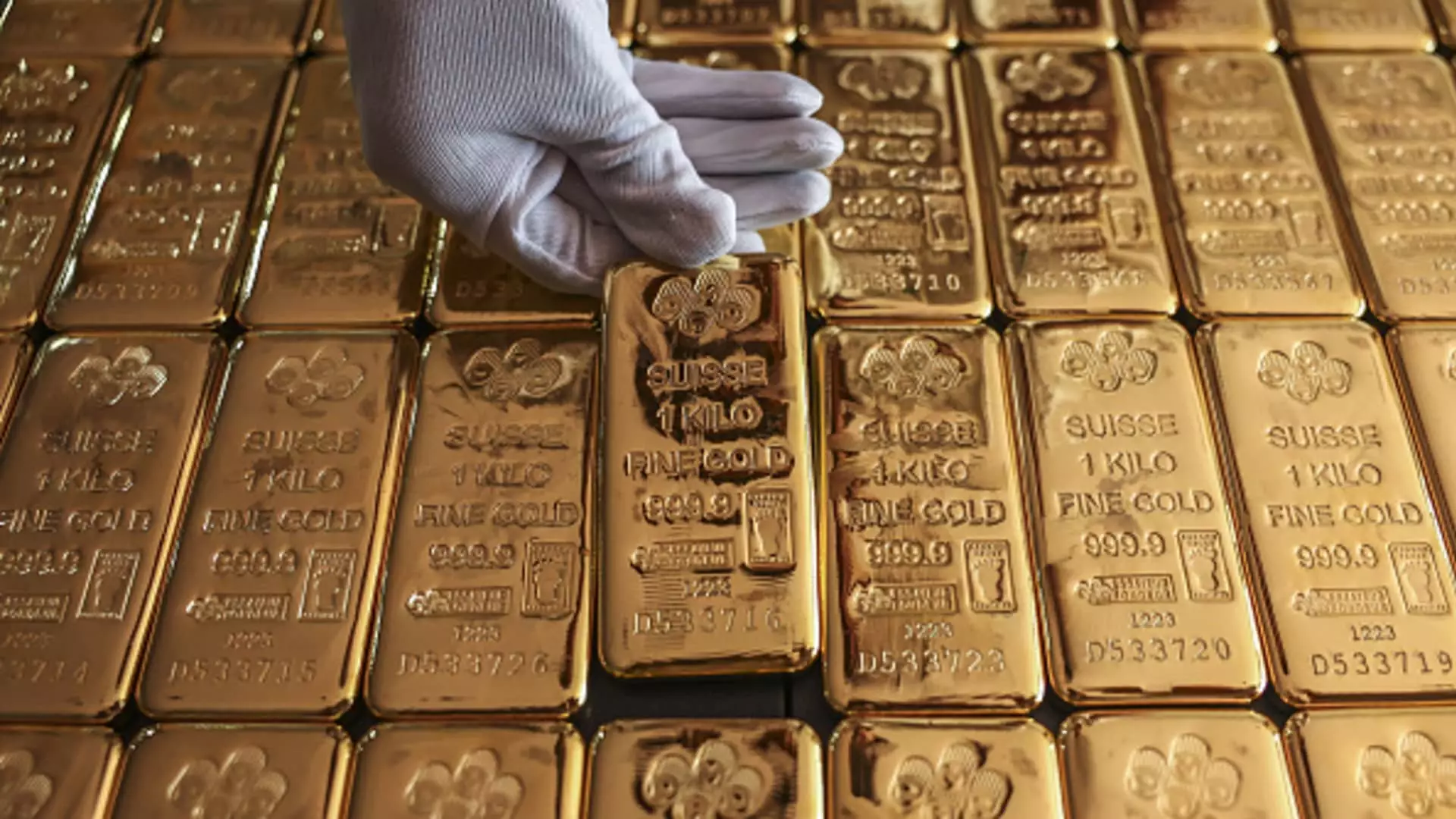With the global landscape constantly evolving, the allure of gold as a safe-haven asset remains steadfast. George Milling-Stanley, the chief gold strategist at State Street, encapsulates this sentiment perfectly as he reflects on the last two decades since the inception of the first gold-tracking ETF. According to recent statements made on CNBC’s “ETF Edge,” Milling-Stanley maintains a positive outlook for gold throughout the remainder of this year and into the next. His optimism is grounded in the growing demand for gold from central banks and retail investors, particularly in burgeoning economies like India and China, which have emerged as key players in the precious metals market.
Milling-Stanley points to rising interest in gold as a critical driver of its price stability and growth. Central banks worldwide are increasingly stockpiling gold as a hedge against economic uncertainty, which signals a robust commitment to preserving financial security. Meanwhile, individual investors in major economies are turning to gold as a reliable store of value, particularly in turbulent times. The significant interest from these demographics adds considerable momentum to gold prices, illustrating how fundamental shifts in economic behavior have rejuvenated the gold market.
Despite a recent pullback in gold futures and the SPDR Gold Shares ETF (GLD), the overall uptrend for the year remains intact. The backdrop of a bullish stock market and rising cryptocurrencies shows the bifurcation of risk appetite among investors. While many are lured into equities or digital currencies, Milling-Stanley notes that gold is beginning to regain its footing, indicating a measured recovery from the previous downturn. This counter-trend suggests that investors are increasingly recognizing gold’s role as a portfolio stabilizer even amidst broader market euphoria.
The launch of the GLD ETF two decades ago revolutionized how investors approach commodity allocation. It shifted the paradigm from traditional jewelry purchase to more strategic investment in bullion and financial products. This transformation signifies a monumental change in the investment landscape, as described by Milling-Stanley. Todd Sohn, a strategist at Strategas, emphasizes that the introduction of such ETFs has broadened access, allowing investors to diversify their portfolios effectively. The functionality of the GLD ETF means that an individual can incorporate gold without needing to hold physical bullion, thus simplifying the investment process.
Since its introduction, GLD has seen a staggering 451% increase, underscoring the growing attractiveness of gold investments in today’s portfolio management practices. This growth reflects a critical shift in investor sentiment and strategies, as gold continues to play an essential role in hedging against inflation and economic downturns. In a world where financial instruments evolve rapidly, gold retains its ancient status as a compelling choice for diversification and stability. As the market continues to respond to both emerging trends and economic pressures, gold’s enduring legacy as a prized asset appears to be firmly embedded in the fabric of modern investment portfolios.
Embracing the future while respecting the past, investors and strategists alike are poised to navigate an increasingly complex financial landscape with gold as a cornerstone of stability.

